Description
- In the old days, there were hardly any computers that played the game and there was certainly no Internet.
- Learning new ideas in the game was possible only through books or magazines
- If something was not clear, there weren’t many people to consult for explanations.
- I was never a great player and quit when other things in life took precedence.
- A few years ago, I decided to start playing again – and be better than before.
- This time, there were a lot of resources at hand – computer analysis, streamers, commentators everywhere.
- Opening theory had become monstrous in its size.
- Learning all of it is now a very difficult task.
- I realized that the key to any improvement, before memorizing endless variations, lay in understanding the opening phase better and practicing as much as possible.
- Repetition without understanding, despite numerous examples and providers available, causes brain damage and has nothing to do with ‘education’.
- Hence the reasoning behind this book.
Who will benefit from this book?
If you feel you need to improve your openings – this book is for you. Some of the positions may be very simple, others not so much – but these are all positions that have happened and represent a wide range of possibilities. My suggestion is to try and think which moves are best to play but also why others may be mistakes. This introduction opened with a quote from Confucius. The second part of the quote is:
“…thinking without learning is dangerous”.
This book is not intended to replace learning theory.
Every player certainly must learn theory. But the book is helpful for understanding theory and for being able to tackle unexpected conditions – a situation that happens very often in games of chess.
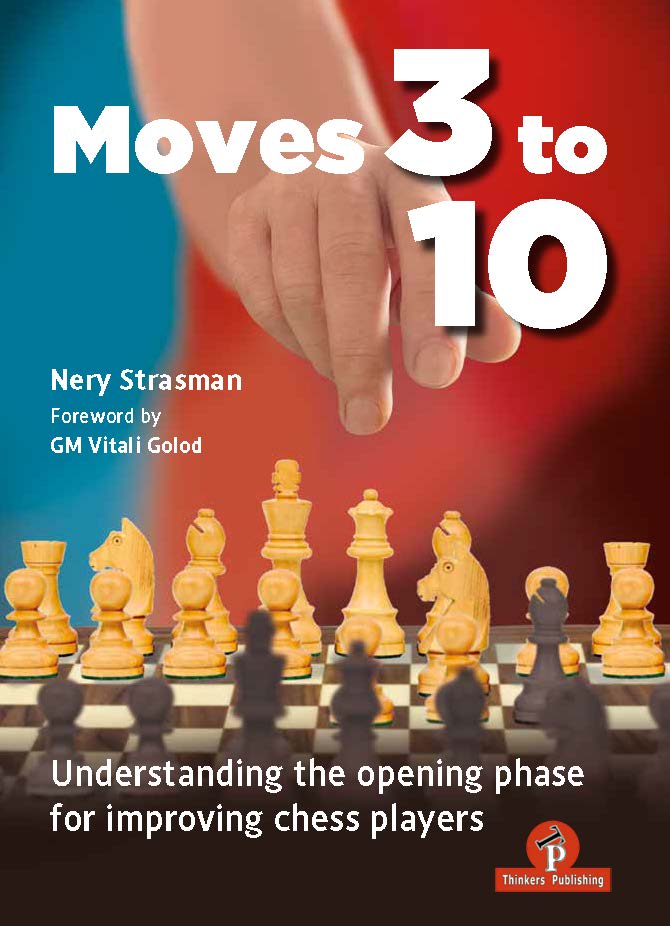



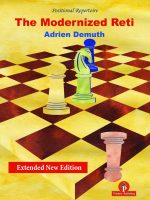
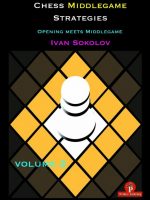
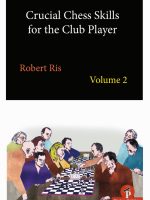
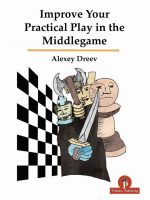
Reviews
There are no reviews yet.